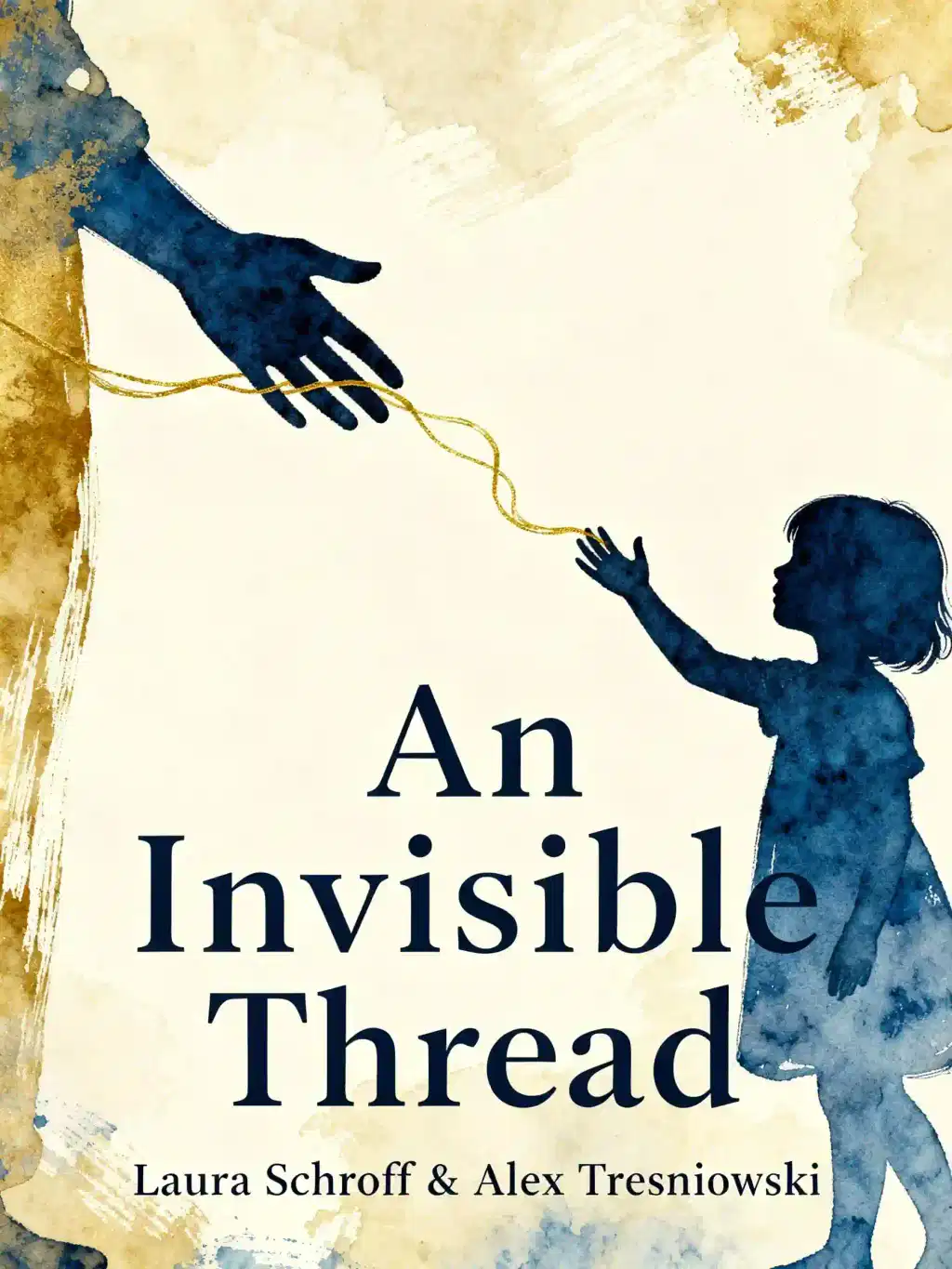What is
Strangers Drowning by Larissa MacFarquhar about?
Strangers Drowning explores extreme altruism through real-life stories of individuals who dedicate their lives to helping others, often making drastic personal sacrifices. The book examines ethical dilemmas, moral philosophy, and societal skepticism toward "do-gooders," blending psychological insights with philosophical debates about selflessness versus human nature.
Who should read
Strangers Drowning?
This book is ideal for readers interested in ethics, moral philosophy, psychology, or social behavior. It appeals to those curious about effective altruism, the psychology of self-sacrifice, and the tension between personal relationships and universal empathy.
Is
Strangers Drowning worth reading?
Yes—it’s a critically acclaimed work praised for its deep storytelling and thought-provoking analysis. The New Yorker’s immersive profiles and MacFarquhar’s exploration of moral extremes make it essential for understanding ethical idealism and its complexities.
What are the main themes in
Strangers Drowning?
Key themes include moral duty vs. emotional bonds, societal distrust of extreme altruists, and the psychological roots of self-sacrifice. The book critiques utilitarian ethics while questioning whether radical goodness is sustainable or inherently flawed.
Does
Strangers Drowning discuss effective altruism?
While not explicitly focused on the modern effective altruism movement, the book profiles individuals whose lives align with its principles—prioritizing measurable impact and rational sacrifice over emotional motives. It highlights tensions between logic and compassion in ethical action.
What critiques does
Strangers Drowning address about do-gooders?
MacFarquhar examines societal suspicions that extreme altruists are self-righteous or emotionally detached. She also explores psychological critiques, such as Anna Freud’s theory that do-gooders may subconsciously seek fulfillment through others’ needs.
How does Larissa MacFarquhar approach storytelling in the book?
MacFarquhar uses immersive, fable-like narratives developed through months of research. Her profiles delve into subjects’ motivations, blending journalism with philosophical inquiry to humanize their drastic choices.
Are there real-life examples of extreme altruism in
Strangers Drowning?
Yes—examples include a couple adopting 22 children, activists protesting factory farming in animal costumes, and donors giving away most of their income. These stories illustrate the burdens and moral contradictions of radical selflessness.
How does
Strangers Drowning use philosophy and psychology?
The book analyzes ethical thought experiments (e.g., saving strangers vs. family) and references thinkers like Nietzsche, who critiqued altruism as a “morality for the insignificant.” It also explores childhood traumas that may drive compulsive helping.
What is the significance of the title
Strangers Drowning?
The title references a moral dilemma: choosing between saving a loved one or multiple strangers. It symbolizes the conflict between emotional ties and utilitarian logic—a central tension in the book.
How does
Strangers Drowning compare to other books on morality?
Unlike prescriptive works like The Life You Can Save, MacFarquhar’s narrative-driven approach avoids endorsing specific frameworks. Instead, she highlights the messy, often paradoxical realities of living ethically.
What lessons can readers take from
Strangers Drowning?
The book encourages reflection on balancing empathy with self-care and understanding the motives behind altruism. It challenges readers to consider how far they’d go to help others—and what such choices reveal about human nature.














